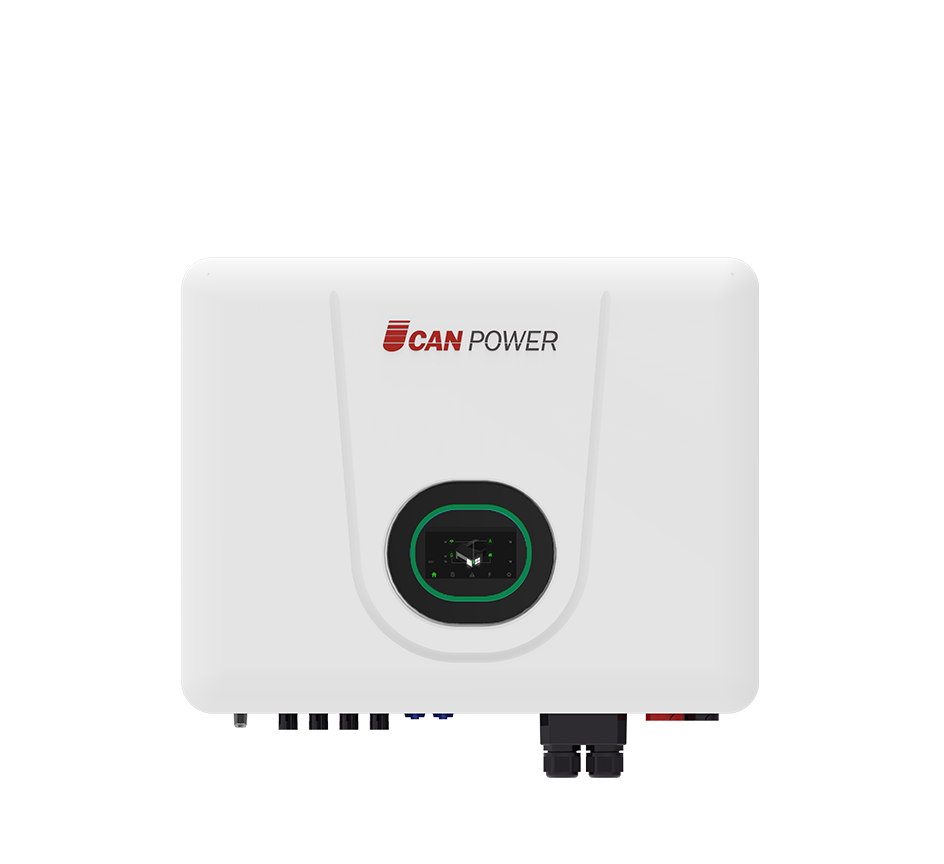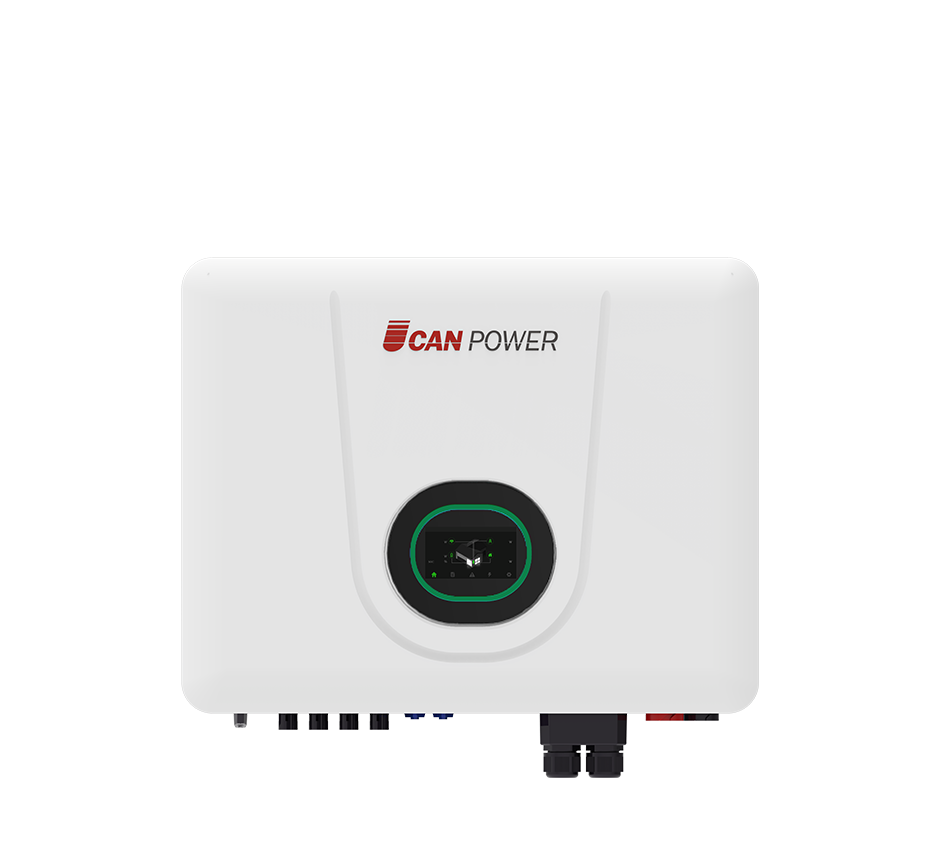I. Introduction
In the quest for a sustainable and clean energy future, advanced solar integration technology has emerged as a game-changer. This technology encompasses a range of innovations and improvements that are transforming the way we harness and utilize solar energy, making it more efficient, reliable, and accessible.
II. Components and Principles of Advanced Solar Integration Technology
High-Efficiency Solar Panels
The core of any solar integration system is the solar panel. Advanced technologies have led to the development of panels with higher conversion efficiencies. Materials such as perovskite and multi-junction cells are being explored to increase the amount of sunlight that is converted into electricity.
For example, some new perovskite-based solar cells have achieved efficiencies close to traditional silicon cells but at a lower cost.
Smart Inverters
Inverters play a crucial role in converting the direct current (DC) generated by solar panels into alternating current (AC) for use in the grid or local appliances. Smart inverters are equipped with advanced algorithms and communication capabilities that optimize the power output, monitor the system's performance, and interact with the grid more effectively.
They can adjust the voltage and frequency in real-time to ensure seamless integration with the grid and provide reactive power support when needed.
Energy Storage Systems
To overcome the intermittent nature of solar energy, advanced storage solutions such as lithium-ion batteries, flow batteries, and hydrogen storage are being integrated. These systems store excess energy generated during peak sunlight hours for use during cloudy days or at night.
For instance, large-scale lithium-ion battery storage facilities are being deployed to balance the grid and provide backup power.
Monitoring and Control Systems
Sophisticated monitoring and control software and hardware are used to keep a close eye on the performance of the solar system. This includes real-time data collection on energy production, consumption, and system parameters. Remote control capabilities allow for quick adjustments and troubleshooting.
Using Internet of Things (IoT) devices and cloud-based platforms, users can access and analyze data from anywhere, enabling proactive maintenance and optimization.

III. Benefits and Applications of Advanced Solar Integration Technology
Increased Energy Output and Efficiency
The higher efficiencies of advanced solar panels and the optimized operation of the entire system result in more electricity generation from the same amount of sunlight. This leads to greater energy savings and a faster return on investment.
A commercial solar farm equipped with the latest technology can produce significantly more power compared to conventional systems, reducing the cost per kilowatt-hour.
Grid Stability and Reliability
By integrating with smart inverters and energy storage, solar systems can contribute to grid stability. They can respond quickly to changes in grid demand, provide voltage support, and help balance supply and demand.
During peak demand periods, stored solar energy can be released to alleviate stress on the grid, reducing the risk of blackouts.
Distributed Energy Generation
Advanced solar integration enables the deployment of smaller, decentralized solar systems at homes, businesses, and communities. This distributed generation reduces the reliance on centralized power plants and enhances energy independence.
Rooftop solar installations on residential buildings can not only meet the occupants' electricity needs but also feed excess power back into the grid.
Hybrid Systems
Combining solar with other renewable energy sources like wind, hydro, or biomass creates hybrid systems that offer a more consistent and reliable energy supply. Advanced control systems manage the interaction between these different sources for optimal performance.
A wind-solar hybrid system in a remote area can provide a stable power source for essential services.
Off-Grid and Remote Applications
The combination of solar panels, energy storage, and efficient inverters makes it feasible to power off-grid locations such as rural villages, telecommunication towers, and research stations.
In areas where extending the grid is expensive or impractical, advanced solar integration provides a sustainable solution for electricity access.
IV. Challenges and Limitations of Advanced Solar Integration Technology
High Initial Costs
The adoption of advanced technologies often comes with a higher upfront investment. This includes the cost of high-efficiency solar panels, smart inverters, and energy storage systems.
However, as the technology matures and economies of scale come into play, costs are expected to decline over time.
Technological Complexity
The integration of multiple components and the use of advanced control algorithms require skilled technicians and engineers for installation, operation, and maintenance.
Training and education programs need to be developed to ensure a competent workforce in the field.
Interoperability and Standards
With a variety of technologies and manufacturers in the market, ensuring interoperability between different components and systems can be a challenge. Establishing common standards and protocols is crucial for seamless integration.
This requires industry collaboration and regulatory intervention to ensure consistency and compatibility.
Environmental Impact of Battery Storage
While energy storage is essential for solar integration, the production and disposal of batteries can have environmental implications. Research is ongoing to develop more sustainable battery chemistries and recycling methods.
The lifecycle assessment of battery storage systems needs to be considered to minimize their overall environmental footprint.

V. Research and Development Trends in Advanced Solar Integration Technology
Materials Innovation
Scientists are constantly exploring new materials and combinations to further improve the efficiency and cost-effectiveness of solar cells. Nanomaterials, quantum dots, and organic photovoltaics are some of the areas of active research.
Breakthroughs in materials science could lead to solar panels with efficiencies well above the current benchmarks.
Artificial Intelligence and Machine Learning
The application of AI and machine learning in solar integration is on the rise. These technologies can predict solar generation based on weather forecasts, optimize energy storage management, and detect faults and anomalies in the system.
By analyzing large amounts of data, these tools can enhance the performance and reliability of solar systems.
Integration with Energy Management Systems
Advanced solar integration is moving towards seamless integration with broader energy management systems in buildings and industrial facilities. This includes integration with smart meters, building automation systems, and demand response programs.
Such integration enables more efficient energy usage and better coordination with the overall energy ecosystem.
Grid-Forming Inverters
Future inverters are likely to have grid-forming capabilities, allowing solar systems to operate independently of the grid or even help form and stabilize microgrids.
This would enhance the resilience and autonomy of local energy systems.
VI. Case Studies of Advanced Solar Integration Technology in Action
A Smart Microgrid in a Remote Island
A remote island community installed an advanced solar integration system with energy storage and smart controls. The system powers the entire island, reducing reliance on expensive diesel generators and providing a stable and clean energy supply.
The microgrid can automatically switch to island mode during grid outages and ensures essential services continue uninterrupted.
An Industrial Facility with Hybrid Solar and Energy Storage
An industrial plant combined a large-scale solar array with lithium-ion battery storage and a wind turbine. The advanced control system optimizes the use of these sources based on energy demand and market prices, resulting in significant cost savings and reduced carbon emissions.
The facility can also participate in demand response programs, providing flexibility to the grid operator.
A Residential Community with Distributed Solar and Shared Storage
In a residential neighborhood, each house has rooftop solar panels, and a shared energy storage system is installed at a central location. The community's smart management system distributes the stored energy based on individual needs and grid conditions.
This collaborative approach reduces the cost of storage for each household and enhances the overall reliability of the power supply.
VII. Policy and Regulatory Framework for Advanced Solar Integration
Feed-in Tariffs and Subsidies
Many governments offer feed-in tariffs, which guarantee a certain price for the electricity generated by solar systems and feed it back into the grid. Subsidies are also provided to offset the initial investment costs, promoting the adoption of advanced solar technology.
For example, in some countries, homeowners receive generous incentives for installing solar panels and energy storage.
Net Metering Policies
Net metering allows solar system owners to receive credit for the excess electricity they supply to the grid, reducing their overall electricity bills. This policy encourages self-generation and grid interaction.
However, some regions are revising net metering policies to ensure a fair distribution of costs and benefits among all grid users.
Renewable Portfolio Standards
Some governments mandate a certain percentage of electricity to come from renewable sources, driving utilities and large energy consumers to invest in advanced solar integration.
This creates a market pull for innovative technologies and large-scale solar projects.
Grid Codes and Interconnection Standards
To ensure the safe and reliable integration of solar systems into the grid, strict grid codes and interconnection standards are established. These regulations cover aspects such as voltage and frequency control, power quality, and protection systems.
Regular updates to these standards are necessary to accommodate the evolving capabilities of advanced solar technology.
VIII. Economic and Environmental Impact of Advanced Solar Integration Technology
Economic Benefits
The growth of the advanced solar industry creates jobs in manufacturing, installation, maintenance, and research. It also attracts investments and drives technological innovation, contributing to economic growth.
Reduced electricity costs for consumers and businesses lead to savings that can be reinvested in other areas of the economy.
Environmental Benefits
By reducing reliance on fossil fuels for electricity generation, advanced solar integration significantly reduces greenhouse gas emissions and air pollution. This helps combat climate change and improves air quality.
The use of land for solar farms can have co-benefits such as habitat restoration and reduced water consumption compared to conventional power plants.
IX. Future Prospects and Conclusion
The future of advanced solar integration technology looks bright. Continued research and development, falling costs, and supportive policies are expected to drive its widespread adoption. As the technology becomes more advanced and accessible, it will play a crucial role in meeting the world's growing energy demands while reducing the environmental impact.
In conclusion, advanced solar integration technology is not only transforming the energy landscape but also offering a sustainable path towards a cleaner, more reliable, and decentralized energy future. It is a critical component in the global effort to address climate change and create a more resilient and prosperous world.
However, to fully realize its potential, it requires collaboration between governments, industries, researchers, and consumers. By working together, we can overcome the challenges and accelerate the transition to a solar-powered world.
